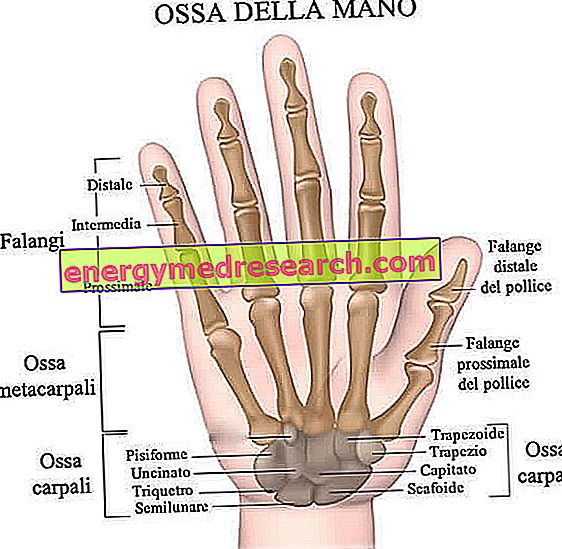Definition
Hemosiderosis is a pathological condition characterized by a focal accumulation of hemosiderin (pigment containing iron derived from the hemoglobin of red blood cells; it represents a form of deposit of the mineral in the body).
Unlike what happens in hemochromatosis, this phenomenon does not cause tissue damage, as it is not accompanied by an increase in total body iron.
Focal hemosiderosis can occur around hematomas or after bleeding inside an organ: the iron released by red blood cells is deposited inside them in the hemorrhagic sites, with possible development of significant accumulations of hemosiderin.
Hemosiderosis can also be observed in pathologies in which there is a marked destruction of red blood cells, whatever their cause (eg haemolytic anemias, Cooley 's disease, malaria, poisoning caused by haemolytic or repeated blood transfusions) .
The pathology can also be caused by an excessive administration of iron for therapeutic purposes.
Generally, hemosiderosis affects the lungs and is the result of other pathological processes, in which recurrent bleeding occurs, both idiopathic (as happens in Goodpasture syndrome), and due to chronic pulmonary hypertension (eg pulmonary fibrosis, severe mitral stenosis etc.). Occasionally, the iron loss resulting from these bleeding episodes causes iron deficiency anemia, as the mineral present in the tissues cannot be reused.
Another frequent site of accumulation is represented by the kidneys, in which the hemosiderosis can derive from a wide intravascular hemolysis. In the latter case, parenchymal damage does not occur, but severe hemosiderinuria can rarely lead to iron deficiency.
Most common symptoms and signs *
- Anemia
- Anorexia
- Asthenia
- palpitations
- Skin discoloration
- Abdominal pain
- Articolar pains
- Bruising
- Hepatomegaly
- Nausea
- Pallor
- Weight loss
- Drowsiness
- splenomegaly
- tachypnoea
Further indications
Hemosiderosis is usually asymptomatic. In some cases, however, fatigue and non-specific constitutional symptoms may occur, such as pallor for anemia, anorexia, heart disease and tachypnea. In addition, coughing, vomiting, diarrhea and enlargement of the liver and spleen (hepatomegaly and splenomegaly) are possible. Over time, the most severe forms of hemosiderosis can evolve into a systemic hemochromatosis.
The treatment of hemosiderosis is largely symptomatic and, depending on the case, may include oxygen therapy, mechanical ventilation, blood transfusions and administration of iron chelators.



